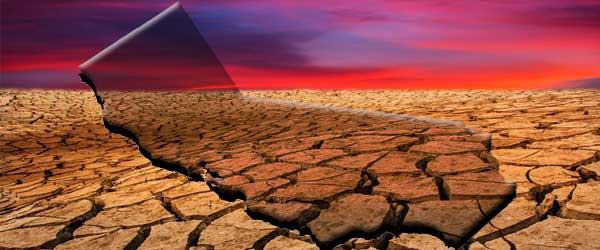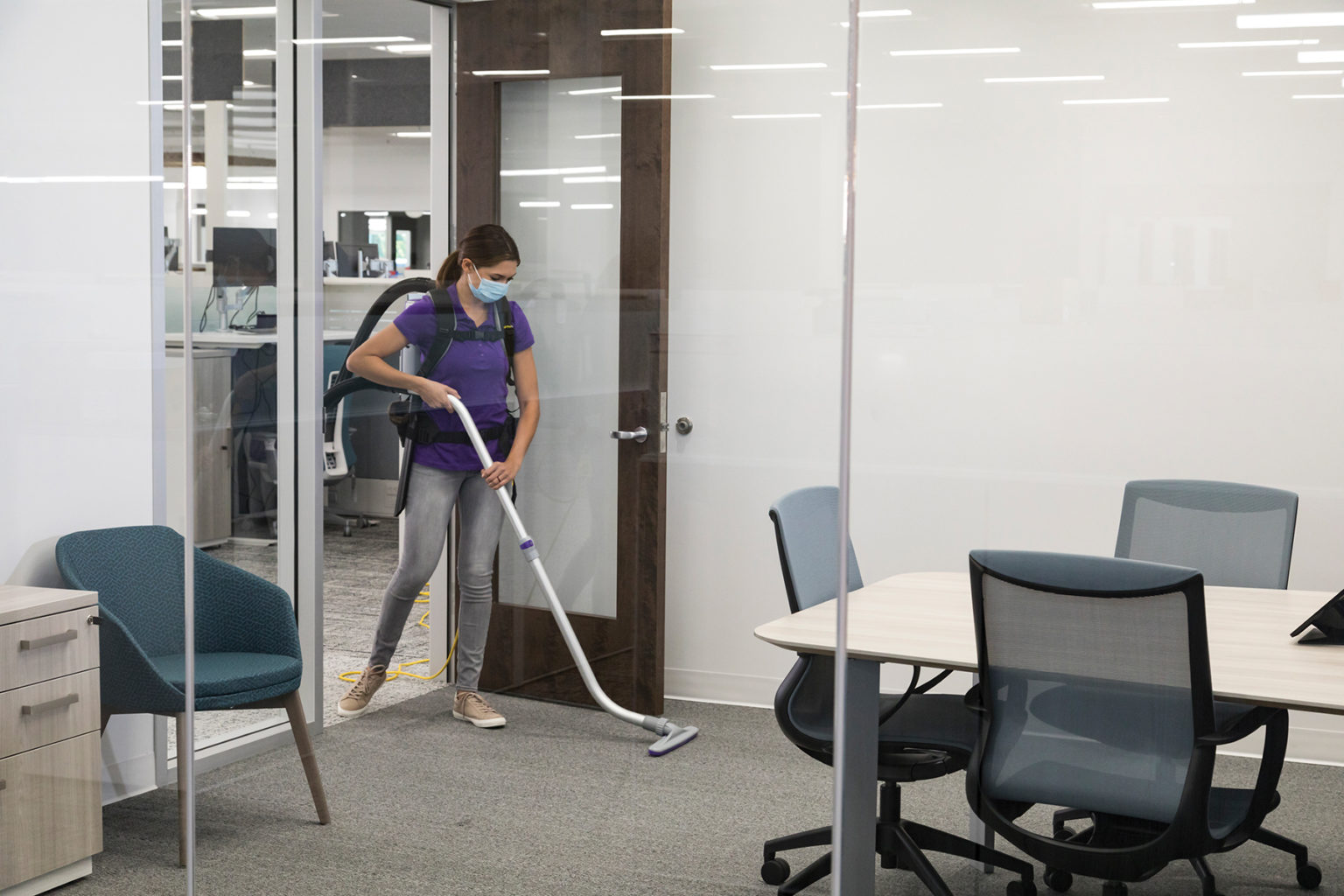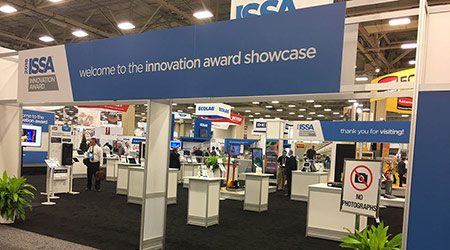Cleaning procedures are challenged as the California drought worsens; water use regulations change the classic methods for cleaning, disinfecting and odor control.
It’s a funny thing about California. It seems for better or worse, a lot of trends start in that state before spreading around the country…and that applies to water usage too. With the current drought in the state, the worst in decades, you can expect even more changes involving water, and these are likely to impact cleaning professionals who will be charged with cleaning more and more restroom fixtures that use less or no water.
Before exploring what is happening today in the state – and its potential impact throughout North America – let’s discuss a little California water history. The last really serious drought in the state occurred in the late 1970s. Instead of lasting four years, as the current one has, it lasted only about a year, but in many ways it was worse than what the state is experiencing today. That’s because, back in the 1970s and for decades prior, there was not much concern about how much water restroom fixtures used to flush waste, and as a result, they used a lot of water.
But that drought proved to be a wake-up call. Even though most Californians happily used as much water as ever after the drought was over, some restroom-fixture manufacturers saw the writing on the wall and realized taking steps to reduce the amount of water used to flush a toilet, for instance, made good business and ecological sense. But then came the mandates. In the early 1990s, the federal government required all new toilets to use 1.6 gallons of water per flush and urinals about a gallon. Lawmakers understood that what had happened in California could happen anywhere in the country.
Today, many toilets and urinals use far less water per flush than is mandated, and many use no water whatsoever. But here is where some cleaning-related issues can materialize.
The BIG Odor Problem
About four years ago, the city of San Francisco took its own steps and began requiring what are termed high-efficiency toilets – which usually use even less water than is federally mandated – to be installed in city-owned facilities and large public buildings such as ballparks, where huge volumes of water can be consumed. The program moved along reasonably well until building users started complaining of a “rotten egg” stench, not only in the restrooms, but throughout these facilities.
When the odors were first noted, and as is so often the case, some building managers thought that cleaning professionals were not cleaning the new fixtures correctly. But very soon, the city and facility managers realized the problem was not the cleaning but the fact that not enough water was being released into the sewers to move waste down the sewer lines. To move waste down pipes requires two things, water and gravity. Without enough water, there is little gravity can do.
Ultimately, to deal with the stench, which was becoming worse by the day, the city spent about $100 million to upgrade its sewer systems. It has also purchased a three-year supply of highly concentrated bleach, to act as an odor eater and help clear the pipes. While these issues were totally unexpected, the city is focusing on the fact that they are using about 20 million gallons of water less today than they were four years ago, which is an indication of how much water can be saved by just installing low-flow/no-flow fixtures in city-owned buildings.
Cleaning Low-Flow/No-Flow Fixtures
Fortunately, cleaning pros are not responsible for eliminating the big odors that can result from the installation of fixtures that use less or no water. Nonetheless, some restroom fixtures can develop odor problems that can be corrected by cleaning professionals. This often involves urinals. Because of the drought, many building owners and managers in California are going beyond low-flow urinals and are installing no-water urinals. On top of using no water – saving about 35,000 gallons of water per year per urinal – these urinals are far less expensive because they require no flush valves.
To prevent odors from occurring, a good policy is to pour about a gallon of water down the drain of the waterless urinal about once a month. If the urinal receives a lot of use, every two weeks may be necessary. As we mentioned earlier, it is water and gravity that move waste down the drain. Pouring a gallon of water in the no-water urinal every two to four weeks makes sure that waste is meeting its destination.
Other particulars about cleaning waterless urinals:
- Never use toilet bowel cleaners or similar powerful cleaning agents on waterless urinals. Clean the urinal using an all-purpose cleaner or cleaner-disinfectant and a microfiber cleaning cloth.
- If using a disinfectant, always allow adequate dwell time for the disinfectant to work.
- Never scrub waterless urinals with a brush or scouring device; these can scratch the interior of the urinal.
- Clean the interior of the urinal first, then the exterior.
- There can be more “splatter” with a no-water urinal, so be sure clean the walls and floors around the urinal as well.
As to low-flow toilets, the good news is that they can be cleaned essentially the same as a traditional toilet. When these toilets first came on the market, many people referred to them as “half the water, twice the flush” toilets, meaning they really did not save water because they needed two or more flushes to remove waste. Things are better now, but cleaning professionals still may have to deal with more “skid marks” and water spots when compared to older toilets.
These unsightly problems can usually be removed, but avoid using overly harsh cleaners. In some cases, the interior of the bowl may be more highly polished than a conventional toilet, to help expedite waste removal. Harsh cleaners or overly aggressive brushing can mar this surface. The rest of the toilet can be cleaned just as you would clean a traditional toilet.
With the gentler touch required with many low-flow and no-flow fixtures, we can expect more manufacturers in the professional cleaning industry to develop special tools that will make cleaning these fixtures a lot easier. In the meantime, following just a few simple rules can help keep these fixtures clean, sanitized, and odor free.
Klaus Reichardt is CEO and founder of Waterless Co., manufacturers of no-water urinals and other restroom products and supplies.





